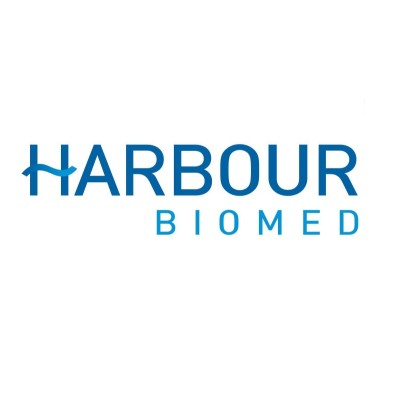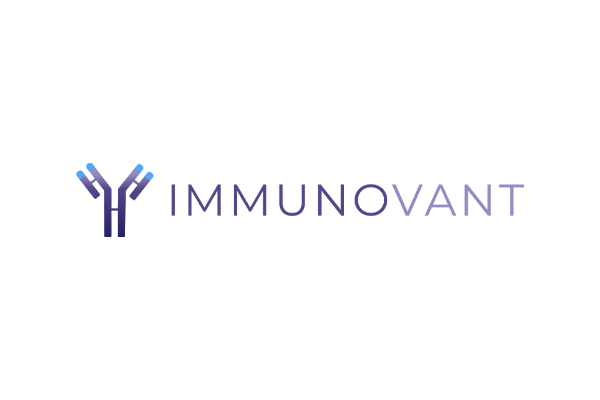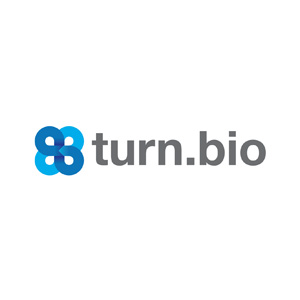HanAll Biopharma: Navigating Challenges and Opportunities in Q2 2024
July 28, 2024, 5:43 am

Location: United States, Massachusetts, Cambridge
Employees: 201-500
Founded date: 2016
Total raised: $262.89M
HanAll Biopharma, a global player in the biopharmaceutical arena, recently unveiled its financial results for the second quarter of 2024. The numbers tell a story of resilience amid challenges. Total revenue reached 31.6 billion KRW, a slight dip from the previous year. Yet, the company’s commitment to innovation shines through its ongoing projects and partnerships.
The heart of HanAll's revenue pulse lies in its key products. Sales revenue climbed by 5.4% compared to Q2 2023, reaching 28.1 billion KRW. However, the absence of milestone revenues from licensed partners cast a shadow, leading to an operating loss of 3.1 billion KRW. The financial landscape reflects a company in transition, grappling with the dual forces of growth and loss.
A beacon of hope emerged from HanAll's collaboration with Turn Biotechnologies. This partnership, rooted in exclusive licensing for Epigenetic Reprogramming of Aging (ERATM) technology, aims to tackle ophthalmic and otic diseases. It’s a strategic move, expanding HanAll’s portfolio into the realm of age-related conditions. The collaboration is akin to planting seeds in fertile ground, with the potential for significant returns.
Clinical development remains a cornerstone of HanAll's strategy. The completion of the Phase 1 study for HL192 (ATH-399A), targeting Parkinson's Disease, marks a significant milestone. Results are expected in the latter half of 2024, a moment that could redefine the company’s trajectory. Additionally, the initiation of the VELOS-4 Phase 3 study for tanfanercept, aimed at treating Dry Eye Disease, signals a robust pipeline. The topline results are anticipated in 2026, setting the stage for future growth.
HanAll's focus on autoimmune diseases is noteworthy. The company is advancing its anti-FcRn assets, particularly batoclimab (HL161BKN). This fully human antibody targets IgG-mediated autoimmune diseases, with results from ongoing studies expected in early 2025. The potential for batoclimab to address multiple conditions adds depth to HanAll's offerings. The resubmission of the Biologics License Application (BLA) in China for generalized Myasthenia Gravis (gMG) is a critical step toward commercialization.
Moreover, the development of HL161ANS (IMVT-1402) is gaining momentum. Plans for 10 additional studies are in the pipeline, with the first 4 to 5 potentially registrational studies set to begin by early 2025. This proactive approach showcases HanAll's ambition to solidify its presence in the autoimmune landscape.
In the realm of ophthalmic diseases, tanfanercept (HL036) stands out. This novel topical protein therapy is currently undergoing Phase 3 trials. The VELOS-4 study builds on previous findings, which demonstrated significant improvements in tear volume among participants. The FDA's 2020 Draft Guidance on Dry Eye Drug Development provides a clear path for approval, should the results align with expectations.
The neurology program, particularly HL192 (ATH-399A), also holds promise. This candidate, developed in collaboration with NurrOn Pharmaceuticals, targets neurodegenerative diseases. The completion of the Phase 1 study is a crucial step, with results expected soon. The potential impact on Parkinson's Disease could resonate deeply within the medical community.
HanAll's oncology programs, including HL187 and HL186, are in pre-clinical development. These monoclonal antibodies target key immunoreceptors, positioning HanAll at the forefront of cancer treatment innovation. The strategic review of these assets indicates a thoughtful approach to portfolio management.
Financially, the company faces hurdles. A gross profit of 15.9 billion KRW reflects a 41.6% decline from the previous year. Selling, marketing, and administrative expenses rose by 11.2%, while research and development expenses decreased by 18%. The operating loss of 3.1 billion KRW starkly contrasts with the previous year’s profit of 8.1 billion KRW. These figures paint a picture of a company investing heavily in its future, albeit at a cost.
Despite the financial setbacks, HanAll's mission remains clear: to deliver innovative medicines that address severe unmet medical needs. With a presence in Korea, the USA, Japan, and Indonesia, the company is well-positioned to make a global impact. The focus on immunology, oncology, neurology, and ophthalmology underscores its commitment to addressing critical health challenges.
In conclusion, HanAll Biopharma is navigating a complex landscape. The second quarter of 2024 reveals both challenges and opportunities. The financial results may not paint a rosy picture, but the strategic initiatives and clinical advancements signal a company poised for growth. As HanAll continues to innovate and expand its portfolio, the future holds promise. The journey is just beginning, and the road ahead is filled with potential.
The heart of HanAll's revenue pulse lies in its key products. Sales revenue climbed by 5.4% compared to Q2 2023, reaching 28.1 billion KRW. However, the absence of milestone revenues from licensed partners cast a shadow, leading to an operating loss of 3.1 billion KRW. The financial landscape reflects a company in transition, grappling with the dual forces of growth and loss.
A beacon of hope emerged from HanAll's collaboration with Turn Biotechnologies. This partnership, rooted in exclusive licensing for Epigenetic Reprogramming of Aging (ERATM) technology, aims to tackle ophthalmic and otic diseases. It’s a strategic move, expanding HanAll’s portfolio into the realm of age-related conditions. The collaboration is akin to planting seeds in fertile ground, with the potential for significant returns.
Clinical development remains a cornerstone of HanAll's strategy. The completion of the Phase 1 study for HL192 (ATH-399A), targeting Parkinson's Disease, marks a significant milestone. Results are expected in the latter half of 2024, a moment that could redefine the company’s trajectory. Additionally, the initiation of the VELOS-4 Phase 3 study for tanfanercept, aimed at treating Dry Eye Disease, signals a robust pipeline. The topline results are anticipated in 2026, setting the stage for future growth.
HanAll's focus on autoimmune diseases is noteworthy. The company is advancing its anti-FcRn assets, particularly batoclimab (HL161BKN). This fully human antibody targets IgG-mediated autoimmune diseases, with results from ongoing studies expected in early 2025. The potential for batoclimab to address multiple conditions adds depth to HanAll's offerings. The resubmission of the Biologics License Application (BLA) in China for generalized Myasthenia Gravis (gMG) is a critical step toward commercialization.
Moreover, the development of HL161ANS (IMVT-1402) is gaining momentum. Plans for 10 additional studies are in the pipeline, with the first 4 to 5 potentially registrational studies set to begin by early 2025. This proactive approach showcases HanAll's ambition to solidify its presence in the autoimmune landscape.
In the realm of ophthalmic diseases, tanfanercept (HL036) stands out. This novel topical protein therapy is currently undergoing Phase 3 trials. The VELOS-4 study builds on previous findings, which demonstrated significant improvements in tear volume among participants. The FDA's 2020 Draft Guidance on Dry Eye Drug Development provides a clear path for approval, should the results align with expectations.
The neurology program, particularly HL192 (ATH-399A), also holds promise. This candidate, developed in collaboration with NurrOn Pharmaceuticals, targets neurodegenerative diseases. The completion of the Phase 1 study is a crucial step, with results expected soon. The potential impact on Parkinson's Disease could resonate deeply within the medical community.
HanAll's oncology programs, including HL187 and HL186, are in pre-clinical development. These monoclonal antibodies target key immunoreceptors, positioning HanAll at the forefront of cancer treatment innovation. The strategic review of these assets indicates a thoughtful approach to portfolio management.
Financially, the company faces hurdles. A gross profit of 15.9 billion KRW reflects a 41.6% decline from the previous year. Selling, marketing, and administrative expenses rose by 11.2%, while research and development expenses decreased by 18%. The operating loss of 3.1 billion KRW starkly contrasts with the previous year’s profit of 8.1 billion KRW. These figures paint a picture of a company investing heavily in its future, albeit at a cost.
Despite the financial setbacks, HanAll's mission remains clear: to deliver innovative medicines that address severe unmet medical needs. With a presence in Korea, the USA, Japan, and Indonesia, the company is well-positioned to make a global impact. The focus on immunology, oncology, neurology, and ophthalmology underscores its commitment to addressing critical health challenges.
In conclusion, HanAll Biopharma is navigating a complex landscape. The second quarter of 2024 reveals both challenges and opportunities. The financial results may not paint a rosy picture, but the strategic initiatives and clinical advancements signal a company poised for growth. As HanAll continues to innovate and expand its portfolio, the future holds promise. The journey is just beginning, and the road ahead is filled with potential.

